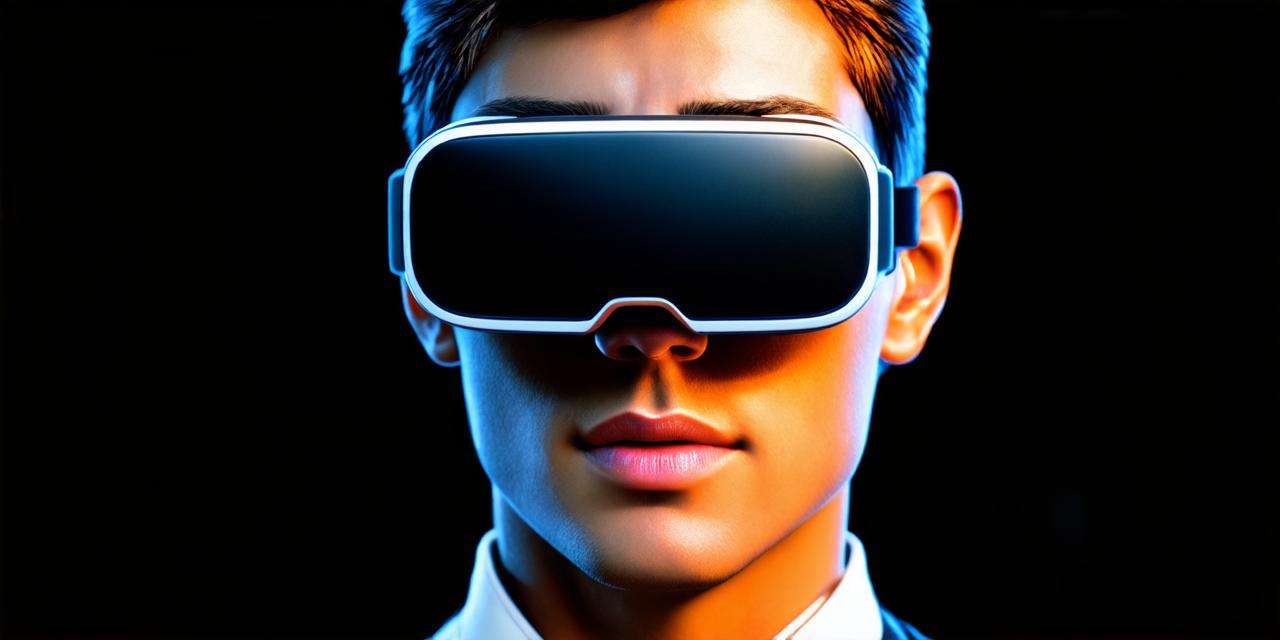
How do you make use of virtual reality?
What is Virtual Reality?
Virtual reality (VR) is a computer-generated simulation that allows users to experience a digital world as if it were real. It typically involves wearing a headset or other device that tracks the user’s movements and adjusts the virtual environment accordingly. VR can be used for a wide range of applications, from training employees in a safe and controlled environment to treating phobias and PTSD.
The Benefits of Virtual Reality
One of the main benefits of virtual reality is its ability to provide a highly immersive experience that can be difficult or impossible to achieve in real life. This makes VR an ideal tool for training, simulation, and other applications where it’s important to replicate a realistic environment. In addition, VR can help reduce costs by allowing companies to train employees without the need for physical equipment or specialized facilities.
Getting Started with Virtual Reality Development
If you’re interested in using virtual reality in your projects, the first step is to familiarize yourself with the technology and its capabilities. There are several different types of VR systems available, including desktop VR, mobile VR, and room-scale VR. Each has its own strengths and weaknesses, so it’s important to choose the right one for your project.
Creating Engaging Virtual Environments
One of the keys to creating a successful virtual reality experience is to make the environment as engaging and immersive as possible. This can be achieved through a variety of techniques, such as:

- Adding interactive elements that allow users to explore and interact with the environment in new ways.
- Incorporating sound effects and music that enhance the overall atmosphere and create a more realistic experience.
- Using lighting and other visual effects to create a sense of depth and perspective.
- Creating a compelling story or narrative that guides the user through the virtual world.
Real-World Examples of Virtual Reality in Action
There are many different ways that virtual reality can be used, depending on the industry and application. Here are a few examples:
- In healthcare, VR can be used to treat phobias and PTSD by exposing patients to controlled virtual environments that simulate real-world situations.
- In education, VR can be used to create interactive lessons and simulations that help students learn new concepts in an engaging and memorable way.
- In gaming, VR can be used to create highly immersive games that transport players into a digital world filled with adventure and excitement.
Creating Immersive Educational Experiences
One of the key benefits of virtual reality is its ability to create immersive educational experiences that are both fun and effective at teaching new concepts. For example, VR can be used to simulate real-world scenarios, such as a trip to the ocean or a visit to a historical site. This allows students to explore and interact with the environment in a way that is difficult or impossible to achieve in real life.
Designing Engaging Gaming Environments
Virtual reality can also be used to create highly immersive gaming environments that transport players into a digital world filled with adventure and excitement. For example, VR games can allow players to explore virtual worlds that are not possible in real life, such as a trip to the bottom of the ocean or a journey through space.
Advancements in Virtual Reality Technology
As virtual reality technology continues to evolve, we can expect to see even more immersive and interactive experiences in the future. For example, advancements in haptic feedback technology will allow players to feel more realistic sensations in virtual environments, such as the sensation of water or wind on their skin.
Conclusion
Virtual reality is a powerful tool that can be used to create immersive and interactive experiences in a wide range of fields. Whether you’re creating an educational experience, a gaming environment, or something else entirely, virtual reality can help you bring your ideas to life in a way that is difficult or impossible with traditional media. As virtual reality technology continues to evolve, we can expect to see even more exciting and innovative uses of this powerful tool in the future.


